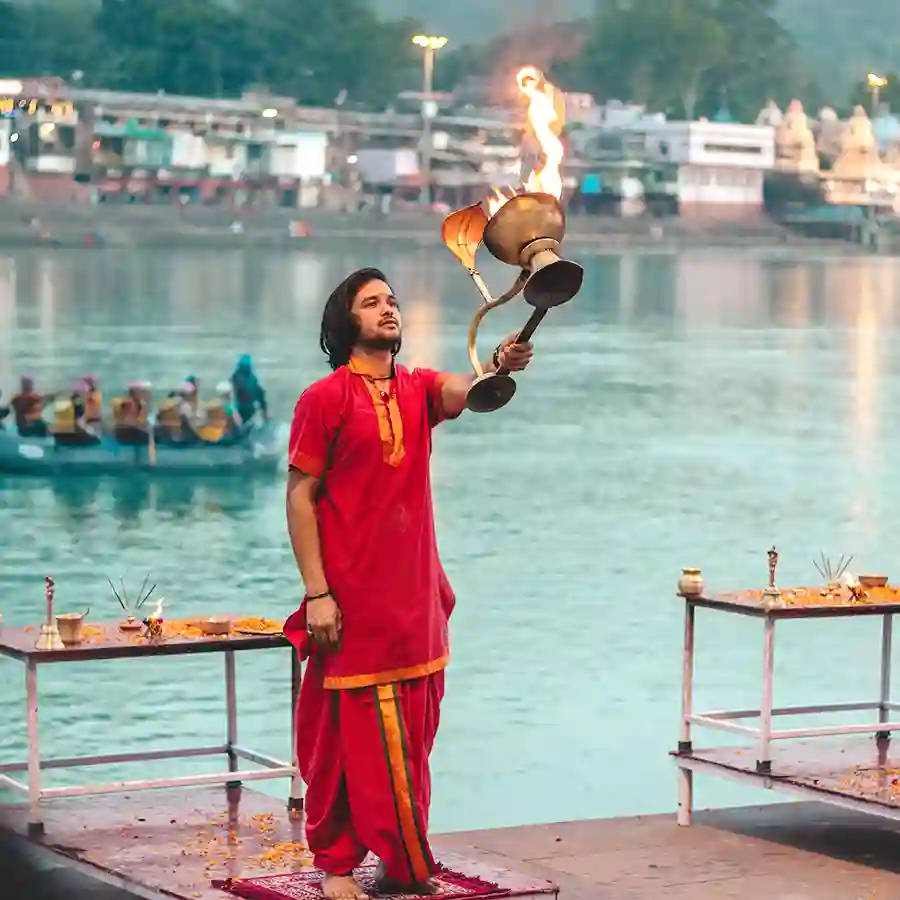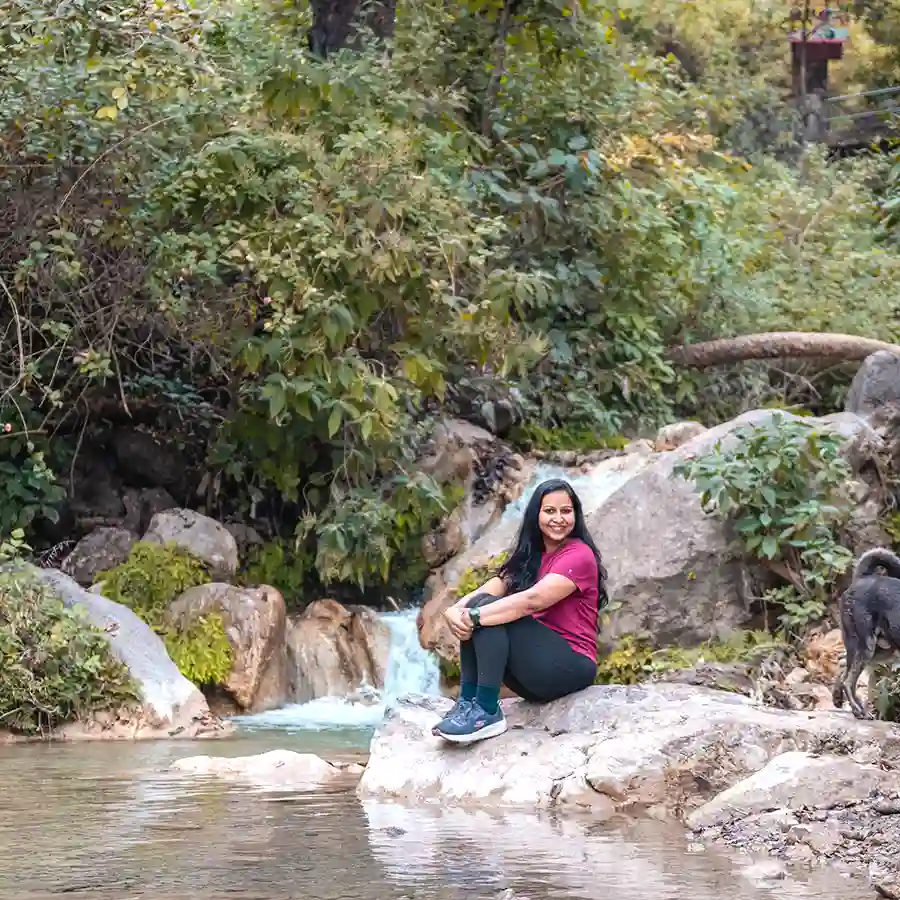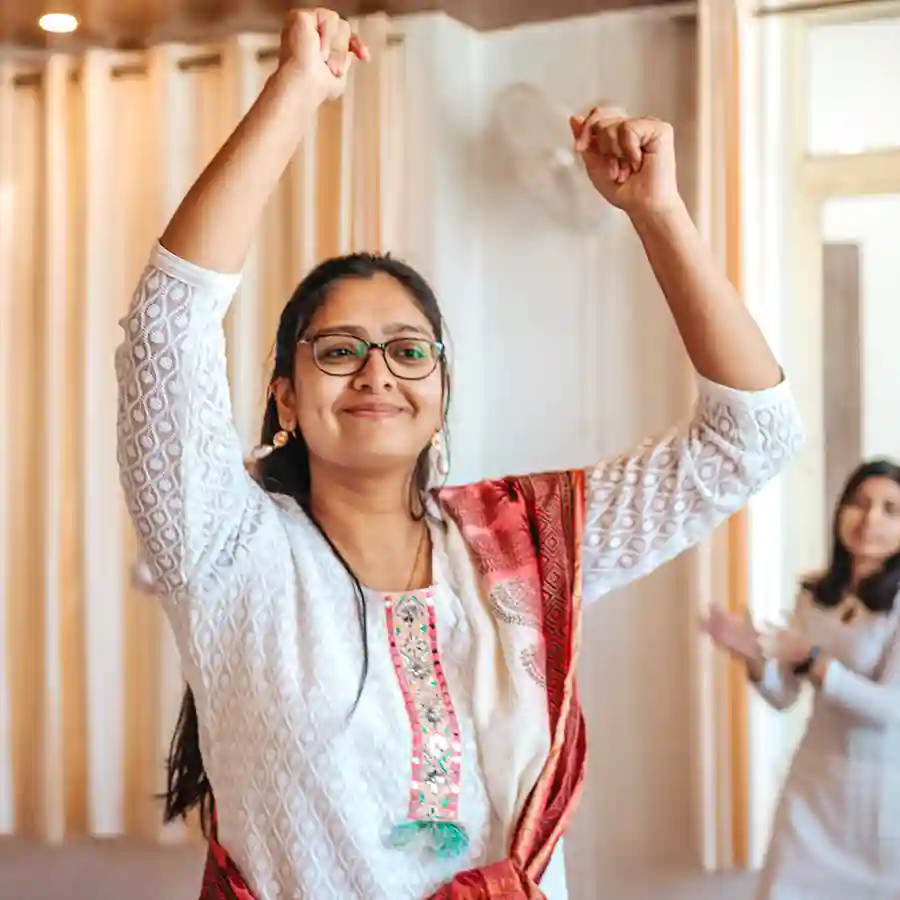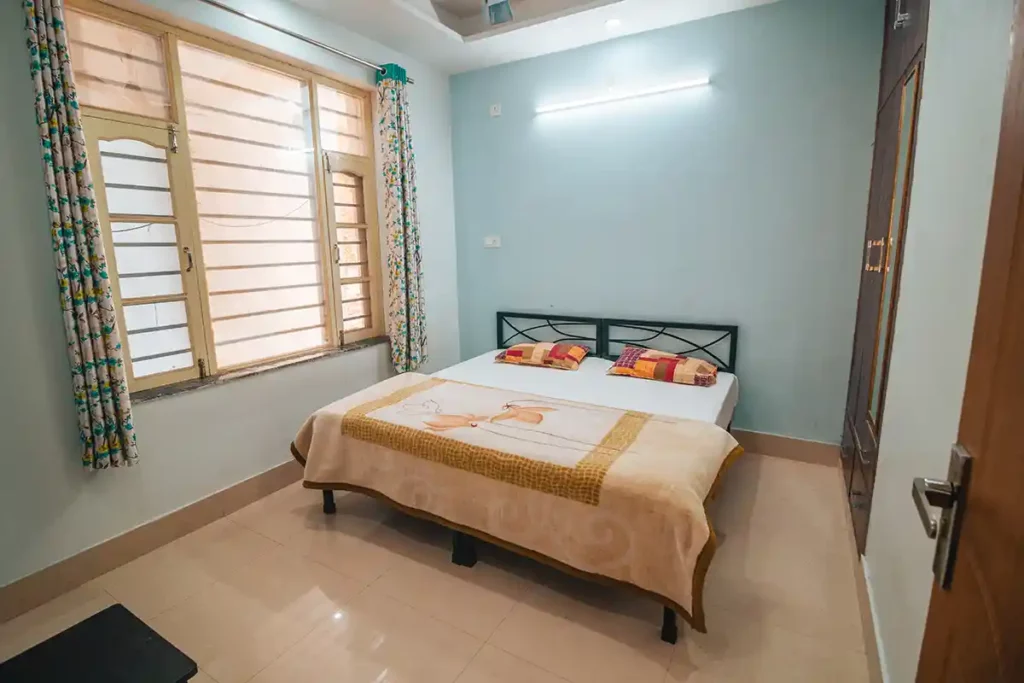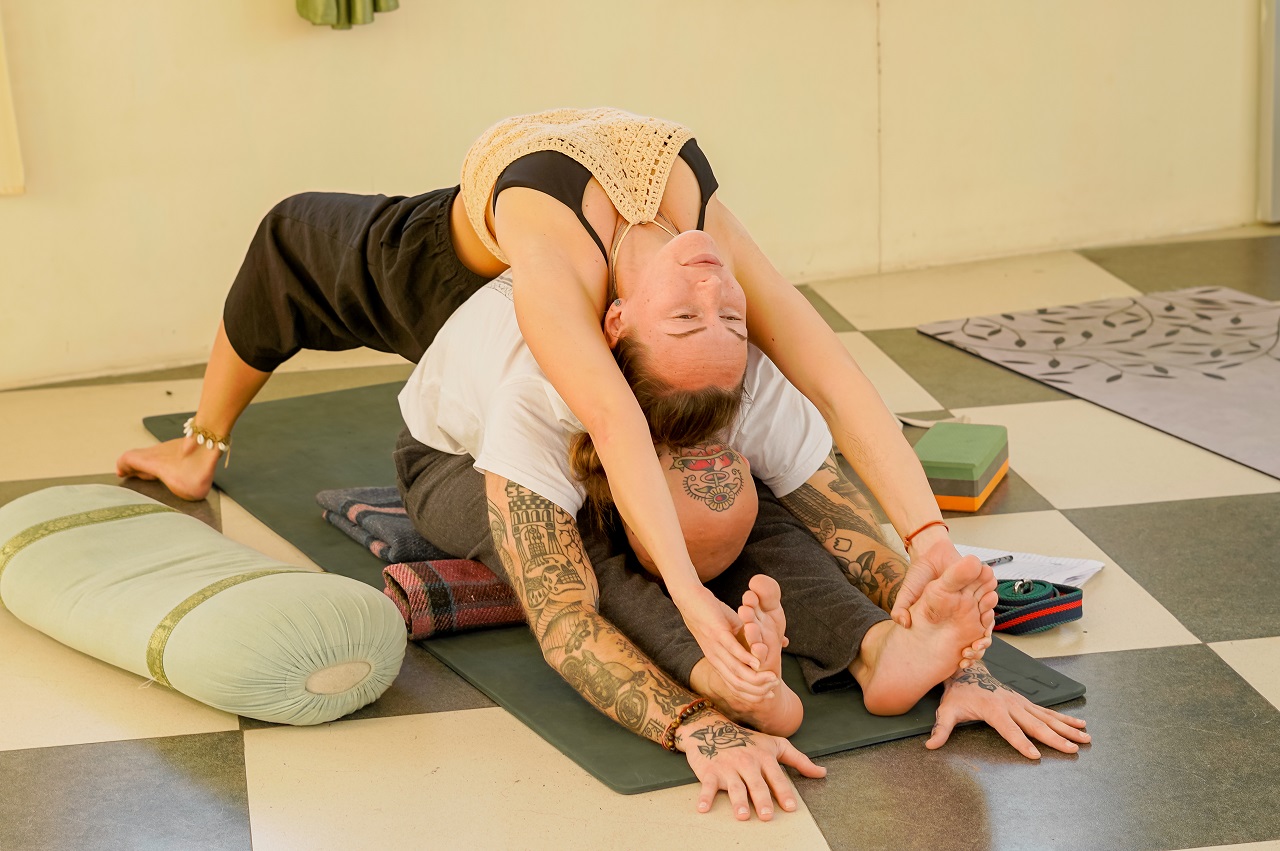
200 Hour Yoga Teacher Training Course In Rishikesh India
Price : $800
The Yoga, as we know, has been explain a healthy life science and has established to make the deepest experiences for all yoga practitioners. Meet lots of people from different walks of life with the equal approach as yours and immerse yourself in the flow of a divine yoga asana that will reward you with an improved mental health, physical health, and spiritual health by self during a yoga teacher training course. With the help of Yoga asana not only will you graduate with a complete yoga alliance certification to teach yoga, but also a lot of heart full memories to be loved for a lifetime
200 Hour Yoga Teacher Training Course in Rishikesh, India?
200 Hour Yoga Teacher Training Course in Rishikesh is no surprise that is the first to cross everybody’s mind when it comes to committed this Yoga Teacher Training Course. The important reasons for the choice is obvious, after all India is the country where Yoga emerged for the first time in all over the world around 5,000 years ago and has been practiced ever since. Various types of yoga have been practiced in all over the India (especially Rishikesh) as a way of connecting the mind, body, and soul.
The all Indian Yoga gurus (Teachers) in all over the country have committed their lives towards preaching and understanding of yogic healing through various ancient yoga techniques like scriptures, oral traditions, and physical practice.
Basics of 200 Hour Yoga Teacher Training Course in Rishikesh
The 200 hour yoga teacher training course is the starting of your successful career in the yoga field as a yoga teacher its totally depends upon your understanding and practicing on spiritual and physical Yoga’s. A 200 hour Yoga Teacher Training Course in Rishikesh is a build-up program which is offered by the Bliss Yoga School that requires dedication and commitment.
The Yoga course lasting 200 Hour includes the teaching program along with full accommodation in a holistic environment. The Bliss Yoga School allows every individuals Yoga trainee student to peacefully take on their yoga practices whilst comfort and the environment is cared for.
Highlights of 200 Hour Yoga Teacher Training Course in Rishikesh
- In complete practicing with depth study of various yoga Asanas or body postures involved in Hatha Yoga, Vinyasa Yoga and Ashtanaga Yoga etc.
- Complete understanding about various Yoga Asana and their relevance with physical health and mental health.
- Depth study on Meditation and healing spiritual lessons.
- Various types of Yoga Mantra Chanting and Brief study on its vibrational benefits
- Brief Theory of ancient Yoga and Ayurvedic sciences
- Complete study on stress free Yoga Asana
- Brief study on Vedic and Spiritual relationship of Yoga
- The practices & brief study of eight limbs of Yoga
- Complete Ayurvedic massage sessions
- Complete practicing on various Relaxation techniques such as Yoga Nidra etc.
Course Overview
The purpose of mantra chanting in yoga is to generate vibrations and connect with the universe. Each mantra is special and rich with spiritual energy.
- Om Asato Maa Sadgamaya (Mantra from Upanishad)
- Tvameva mata ca pita Tvameva (Sloka on gods)
- Om Tryambakam Yajamahe ( Mantra on lord shiva)
- Om sahana vavatu ( Mantra from Upanishad)
- Guru Brahma Guru Vishnu Gurudevo maheshwara ( Guru stotram)
- Yogena Cittasya ( Sloka on sage Patanjali)
- Hare rama, Hare Krishna ( Maha mantra)
Students will gain extensive knowledge on yoga postures and will increase their strength, flexibility and discipline.
Ashtanga Vinyasa Yoga Course Syllabus
- Surya Namaskar A
- Surya Namaskar B Full Primary Series:
- 1. Padangusthasana
- 2. Padahasthasana
- 3. Utthita Trikonasana
- 4. Parivrtta Trikonasana
- 5. Utthita Parsvakonasana
- 6. Parivrtta Parsvakonasana
- 7. Prasarita Padottanasana A B C & D
- 8. Parsvottanasana
- 9. Eka Pada Padangusthasana A B C & D
- 10. Ardha Baddha Padmottanasana
- 11. Utkatasana
- 12. Virabhadrasana A & B
- 13. Dandasana
- 14. Paschimottanasana A B C & D
- 15. Purvattanasana
- 16. Ardha Baddha Padma Uttanasana
- 17. Triang Mukaikapada Pashimottanasana
- 18. Janu Sirsasana A B & C
- 19. Marichyasana A B C & D
- 20. Navasana
- 21. Bhujapidasana
- 22. Kurmasana
- 23. Supta Kurmasana
- 24. Garbha Pindasana
- 25. Kukkutasana
- 26. Baddha Konasana A & B
- 27. Konasana
- 28. Upavishta Konasana
- 29. Supta Konasana
- 30. Supta Padangusthasana A & B
- 31. Ubhaya Padanghusthasana
- 32. Urdhva Mukha Pashimottanasana
- 33. Setu Bandhasana
- 34. Urdhva Dhanurasana
- 35. Salamba Sarvangasana
- 36. Halasana
- 37. Karnapidasana
- 38. Urdhva Pindasana
- 39. Matsyasana
- 40. Urdhva Padmasana
- 41. Sirsasana
- 42. Urdhva Dandasana
- 43. Baddha Padmasana
- 44. Yogimudra
- 45. Uplutih
- 46. Savasana
- 1.Pawanmuktasana series 1
- 2.Pawanmuktasana serie 2
- 3.Pawanmuktasana series 3
- 4.Surya Namaskar ( sun salutation)
- 5.Chandra Namaskar (Moon salutation)
- 6.Tadasana (palm tree pose)
- 7.Triyak tadasana (swaying palm tree pose)
- 8.Trikonasana (triangle pose)
- 9.Parivirtatrikon asana – revolving triangle pose
- 10.Uttkatasana –chair pose
- 11.Virbhdrasana 1 -warrior 1
- 12.Virbhdrasana 2 -warrior 2
- 13.Virbhdrasana 3 -warrior 3
- 14.Ardha Chandrasana- Half moon pose
- 15.Vriksasana – tree pose
- 16.Parvatasana – mountain pose
- 17.Adho mukha svanasana – downward facing dog
- 18.Kati chakrasana – waist rotating pose
- 19.Malasana – squatted yoga pose
- 20.Garudasana – eagle pose
- 21.Baddha Konasana- bound angle pose
- 22.Rajkapoot asana – pegion pose
- 23.Bhujanghasana – cobra pose
- 24.Urdhva mukha svanasana –upward facing dog
- 25.Matsyasana-
- 26.Setu Bhandasana
- 27.Utrasana
- 28.Dhanurasana
- 29.Salabhasana
- 30.Supta Virasana- reclining hero pose
- 31.Virasana –hero pose
- 32.Vajrasana –thunderbolt
- 33.Gomukhasana
- 34.Balasana
- 35.Dandasana
- 36.Ardha Matsyendrasana
Week 1
- Introduction of Pranayama , Benefits of pranayama , General guidelines
- Clavicular , Thorocic and Diaphragmatic Breathing (Yogic Breathing)
- Ujjayi
- Bhastrika
- Kapalbhati
- Nadi – Sodhana
- Bhramari
- Surya – Bhedi & Chandra – Bhedi
- Sheetali & Sheetkari
Week 2
Sitting postures for pranayama sadhana-
The practice of Mudra hand gestures is an ancient facet of yoga. Performing gestures effects the energy flow of the body and can change a person's spiritual and mental characteristics.
- Jnana mudra
- Chin mudra
- Yoni mudra
- Bhairava mudra
- Shambhavi mudra
- Nasikagra
- Khechari
The practice of Bandhas expands the lung capacity and breathing capabilities during yoga. It also strengthens the entire body from the inside out.
- Preparation
- Uddiyana
- Jalandhar
- Mula & Maha Bandha Teaching
- Teaching
- Doubts
Meditation is a systematic practice that promotes physical, mental and emotional tranquility with the purpose of reaching Samadhi (self-realization).
- Introduction to Meditation
- Breathing Awareness Meditation
- Om / Mantra Meditation
- Trataka
- Dynamic meditation
- Tips for developing concertation
- Silence Practice
- Ajapa japa
- Antar mouna
When a yoga practitioner moves through the various internal states of Yoga Nidra, a profound experience of relaxation occurs. This is called "Turiya," a sensation of pure bliss.
- Basic Relaxation
- Tension Relaxation
- Full Body Relaxation
Yogic cleansing exercises are important to learn how to incorporate your breath and meditate properly during physical aspects of yoga. It also removes the blockages in the energy channels.
- Jalaneti Satkarma (Nasal cleansing with salty water)
- Rubber neti (Nasal cleansing with a rubber string)
- Agnisar Kriya
Proper understanding of the physical body will help to prevent injury before, during and after practice. There are two kinds of yoga anatomy: physical and spiritual. Understanding both types is needed.
- Digestive System
- Respiratory System
- Circulatory System
- Nervous System
- Endocrine System
- Organs
- Bodily systems
- Nadis
- Chakras
- Muscular System
- Skeletal Sytem
- Muscle Functions according
to Joint Movements - Breathing
- Inversions
- Svasana
Guidelines in Studying Asana Anatomy
Anatomy of:
Yoga Philosophy is the foundation of our yoga practice and is the key to earn yogic strength. Through the path of Vedanta Philosophy, you will establish a solid, well-rounded yoga practice.
Patanjali yoga sutras-
- Introduction to the Himalayan Traditiof of Yoga
- Introduction to the different indian philosophy
- History of Yoga
- Yoga Sutra of Patanjali
- Types of yoga
- Eight limbs of yoga
- Yamas and Niyamas(Ethics of yoga)
- Philosophy of Asana
- Concentration and its power
Week 1
Week 2
- 4 aspects of mind
- How to controld the mind
- Samadhi and the goal of yoga
- Introduction to Bhagawat Geeta
- Chakras
- Kundalini
- Science of Karma
- Indian culture and Spirituality
Week 3
Week 4
Students will take turns practicing their teaching skills by performing in front of their peers and teachers.
- Demonstration
- Alignment
- Instructions
A yoga teacher should efficiently perform the practical applications of class planning and preparation. At Bliss Yoga School, our students will learn how to create a positive and peaceful class environment for an enjoyable and transformative experience.
- 1- Positive & conscious communication.
- 2- Friendship and trust.
- 3- Time management
- 4- Qualities of a teacher
- 5- Principles of demonstrating, observation, assisting, correcting.
- 6- Use of voice in class
- 7- Mental & emotional preparation for teaching.
- 8- Class preparation
- 9- Step by step class structure planning.
Students will take turns practicing their teaching skills by performing in front of their peers and teachers.
- Written Test
- Oral Test
- Attendance
- Performance
- Behavior



